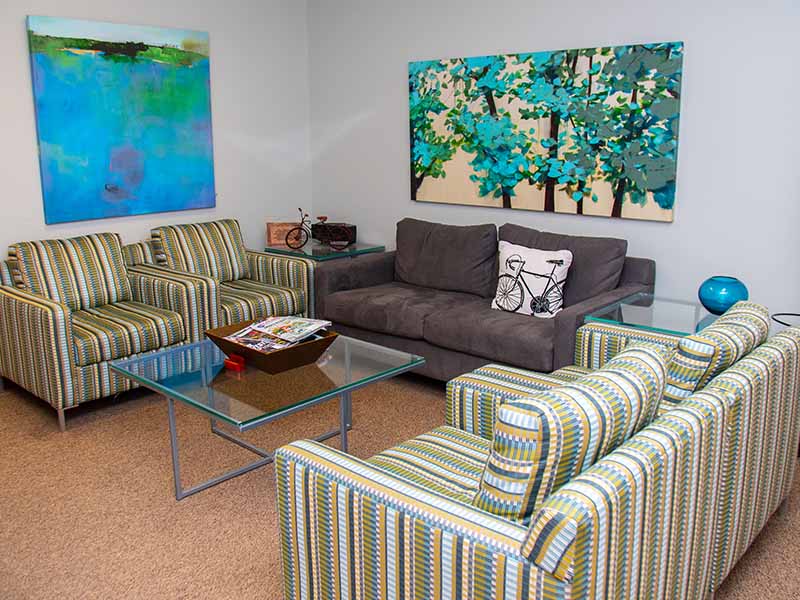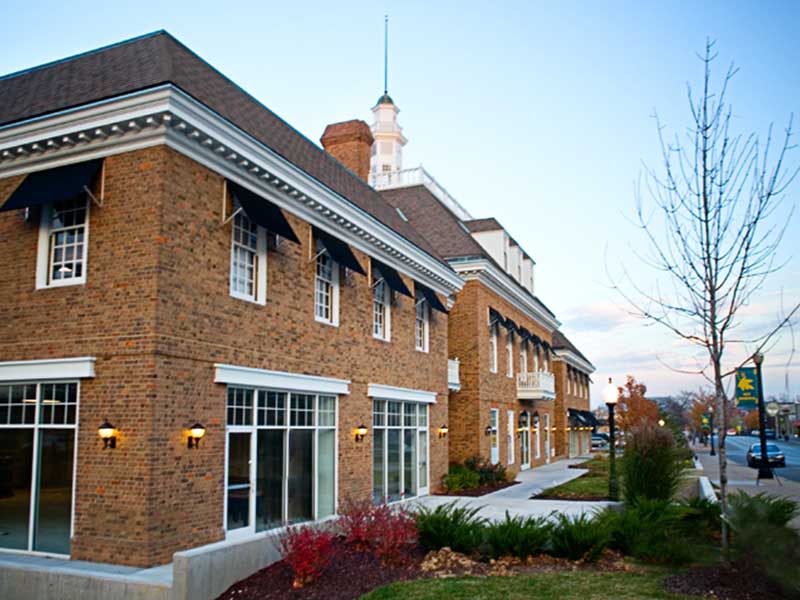Written by Cliff Hamrick, LPC, McCallum Place Austin
In his book, Biophilia (1984), biologist E. O. Wilson suggested the biophilia hypothesis, which states that humans have a natural affinity towards other living systems. These living systems include large systems such as forests, oceans, and fields, but can also include smaller systems such as leaves, feathers, and spider webs. But, considering that living systems exist alongside non-living systems, this affinity can be extended to include mountains, rocks, streams, and weather. In his books, Last Child in the Woods: Saving Our Children from Nature-Deficit Disorder (2008) and The Nature Principle: Reconnecting with Life in a Virtual Age (2012), journalist Richard Louv suggested nature-deficit disorder to explain a variety of mental and physical health illnesses that are directly or indirectly related to individuals and a society that has been cut off from natural settings.
It is from these two approaches that the notion of ecotherapy has been founded. Ecotherapy is a therapeutic approach which seeks to foster a client’s healing and growth through healthy interactions with nature. These interactions can be as simple as looking at a tree out of a window to as complex as going on a weekend hike in the mountains. For instance, one research study showed that 71% of respondents reported a decrease in depression or anxiety and 90% reported an increase to self-esteem by going for a walk in a natural setting (Mind, May 2007). Though there is limited research on the efficacy of ecotherapy when treating eating disorders, it is safe to say that this treatment modality should help the symptoms of depression, anxiety, and low self-esteem that often accompany eating disorders.
At McCallum Place Austin, we are quite fortunate to have a section of a greenbelt near our facility. The greenbelt has an annual stream running through it, wooded areas, an open field, and trails running through it. Wildlife that has been seen in the area include squirrels, turtles, lizards, and a variety of songbirds. In an attempt to use this natural setting in order to lower anxiety and improve mood, I will take the patients for a slow walk through the trails. During these walks, I will make sure that the pace is slow, allow for stops to observe the wildlife or point out something of interest, and try to keep conversation to a minimum so that the patients can experience the sounds of the natural setting. If the weather is comfortable, I will have the patients sit on benches in the field and lead them through a mindfulness meditation. (See previous article on mindfulness meditation: /blog/mindfulness-meditation-anxiety/) Many of the clients find this activity to be relaxing and can open up avenues of discussion that are difficult to replicate in a typical treatment setting. Some of the therapists and dieticians have moved their individual sessions out to the greenbelt and have found that some clients are willing to open up more than in an office setting.
References
Louv, R. (2008). Last Child in the Woods: Saving Our Children from Nature-Deficit Disorder. Chapel Hill, NC: Algonquin Books of Chapel Hill.
Louv, R. (2012). The Nature Principle: Reconnecting with Life in a Virtual Age. Chapel Hill, NC: Algonquin Books of Chapel Hill.
Mind. (May 2007). Ecotherapy: the green agenda for mental health. London, UK.
Wilson, E.O. (1984). Biophilia. Harvard University Press.
Cliff Hamrick is a Licensed Professional Counselor and a part-time therapist with McCallum Place Austin. Cliff earned his master of arts in counseling from St. Edward’s University in Austin, TX. His prior experience includes working with adolescents at Settlement Home for Children, a residential treatment center for adolescent girls. He has also worked as an investigator with Child Protective Services and a counselor for people seeking treatment for drug and alcohol addiction. His specialties include men’s issues and depression.









